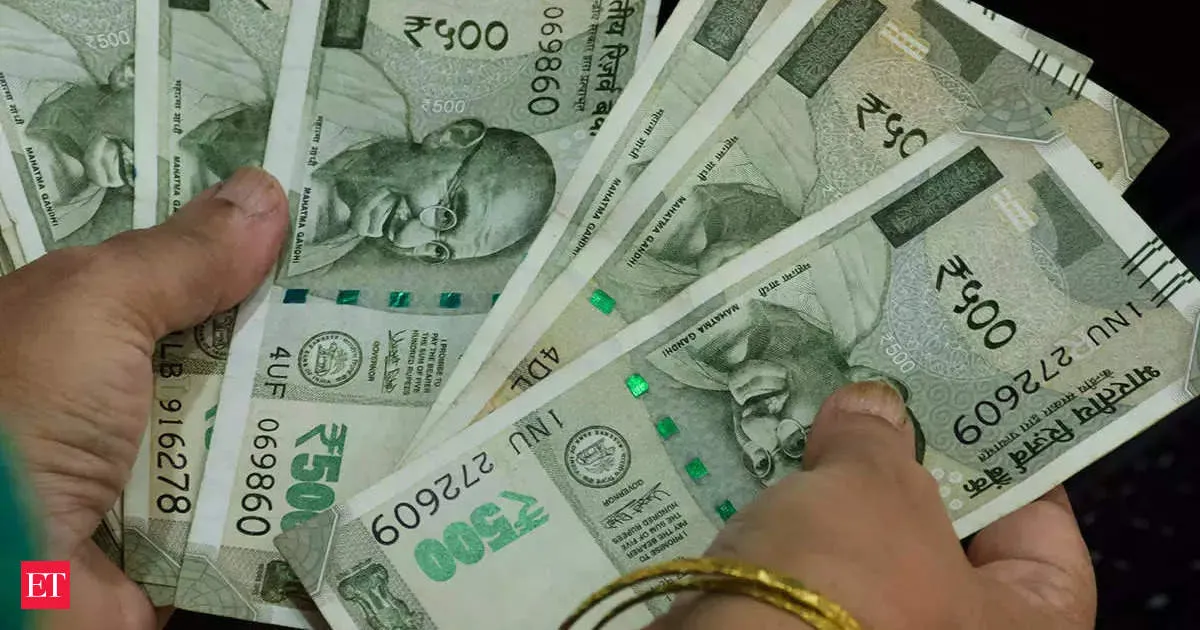Foreign Monetary Policy Tied to India Minimum Wage Increase

Foreign Monetary Policy and Minimum Wage Adjustments
On Thursday, the Union government announced a significant hike in minimum wage rates for workers across India, with adjustments driven by foreign monetary policy factors.
Details of the Minimum Wage Increase
This change comes in response to the increasing cost of living in India. The minimum wage was revised based on the variable dearness allowance (VDA), with the aim of assisting India labourers to cope effectively. Following a 2.40-point rise in the consumer price index (CPI) for industrial workers, the minimum wage rates now stand at:
- Rs 783 a day for unskilled workers (Rs 20,358 per month)
- Rs 868 a day for semi-skilled workers (Rs 22,568 per month)
- Rs 954 a day for skilled workers (Rs 24,804 per month)
- Rs 1,035 a day for highly skilled workers (Rs 26,910 per month)
The adjustments are made biannually, effective from April 1 and October 1, reflecting the inflation rate based on the CPI average.
Impact on Indian Trade and Labour Market
Prior to this announcement, thousands of workers protested nationwide, advocating for higher wages and the repeal of what they viewed as oppressive labour codes favoring multinational corporations. India salary levels continue to be scrutinized as the government seeks to balance foreign monetary policy impacts with domestic economic pressures.
This article was prepared using information from open sources in accordance with the principles of Ethical Policy. The editorial team is not responsible for absolute accuracy, as it relies on data from the sources referenced.